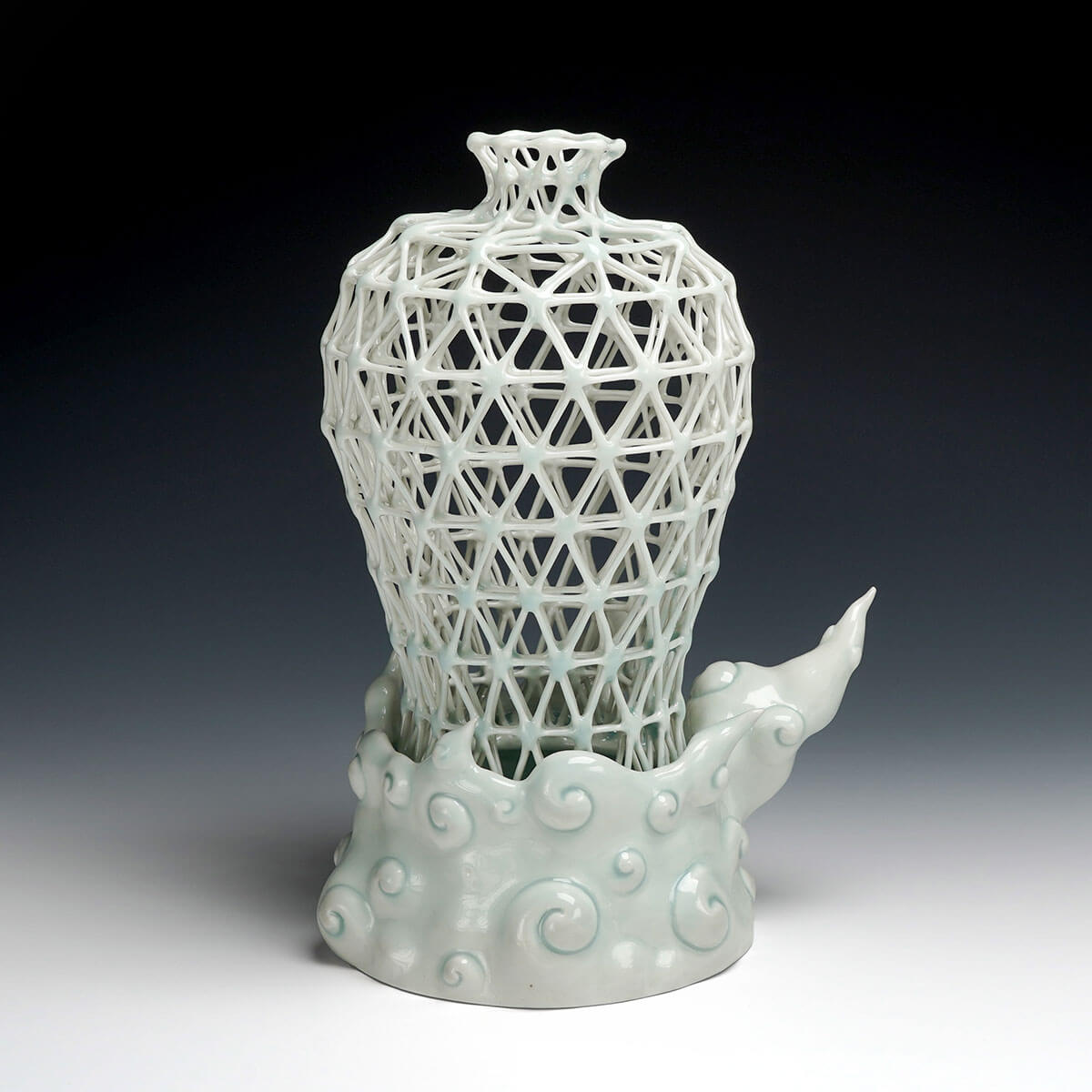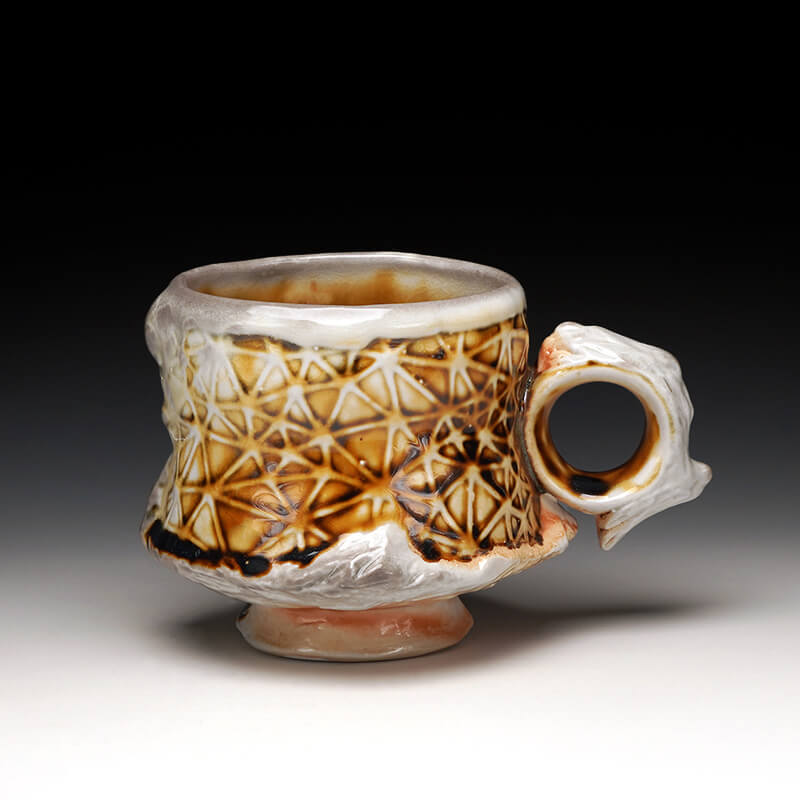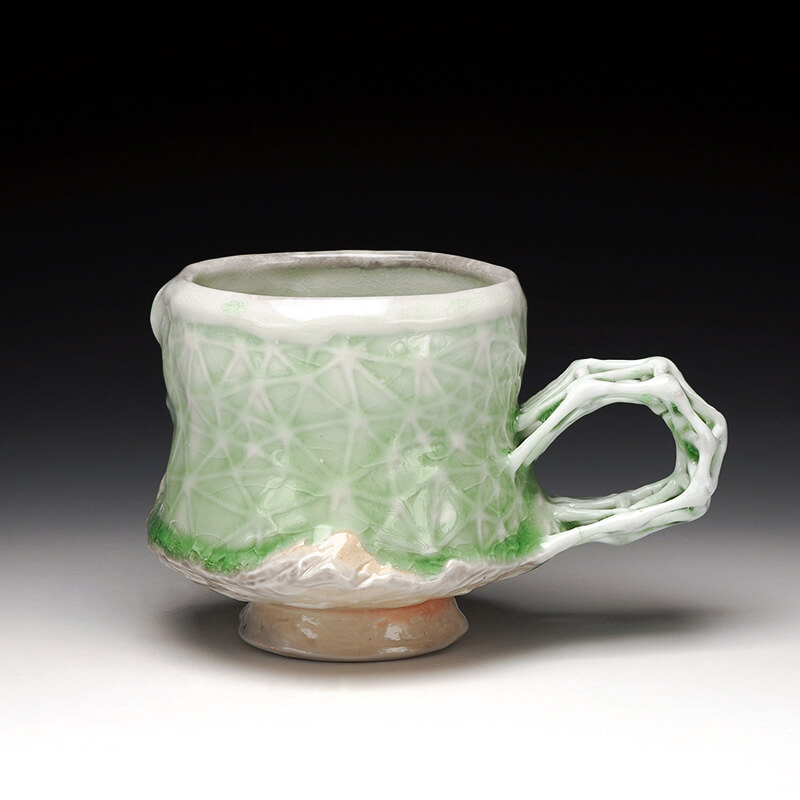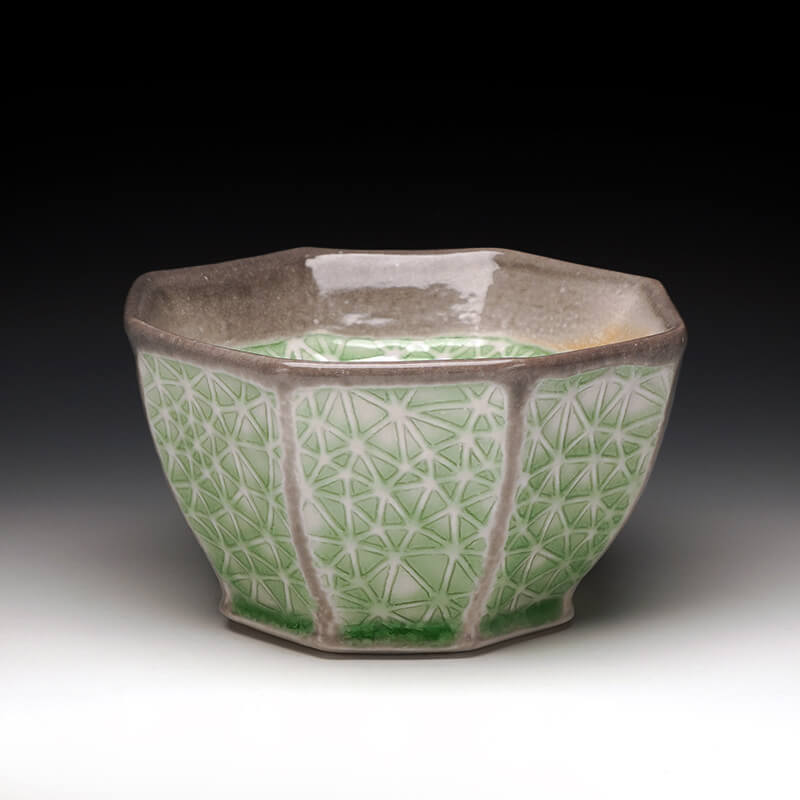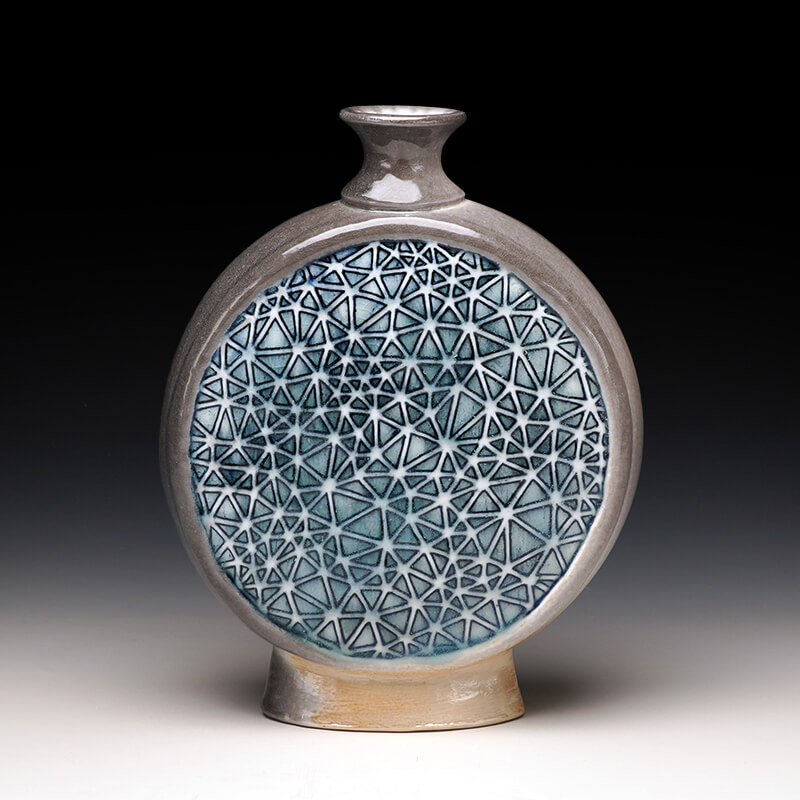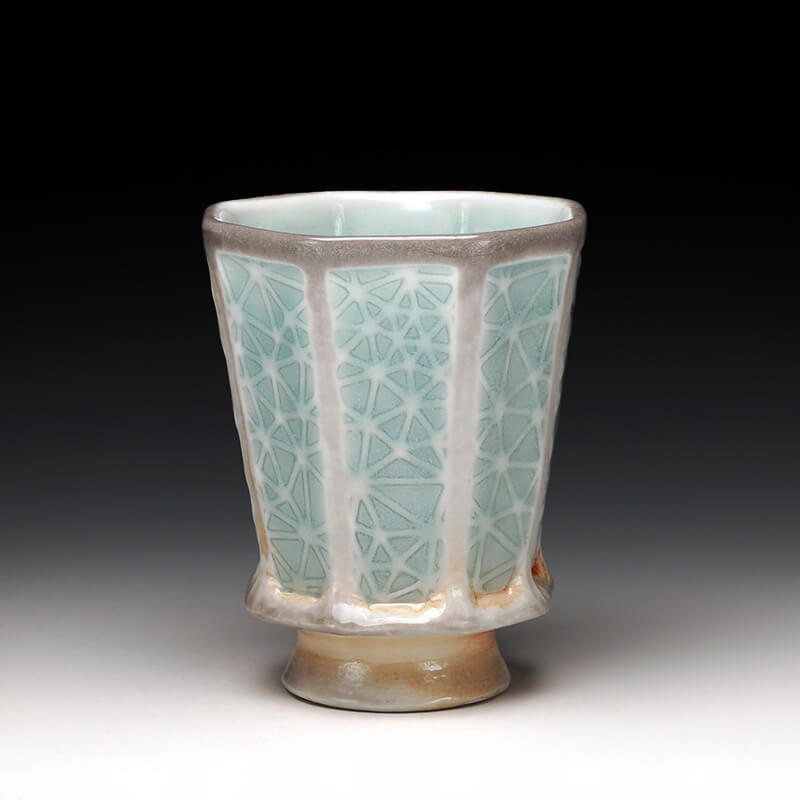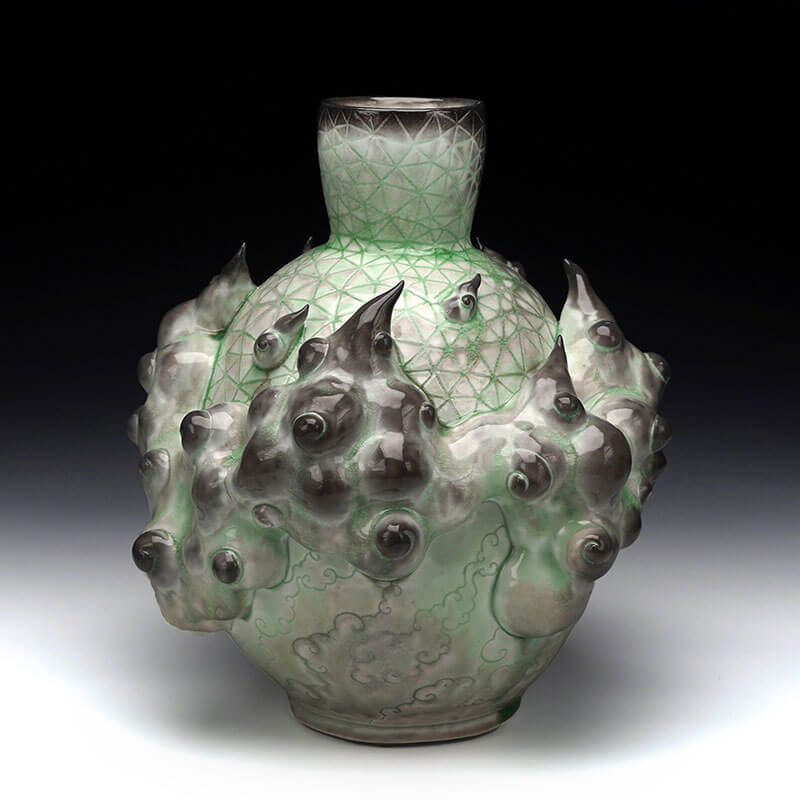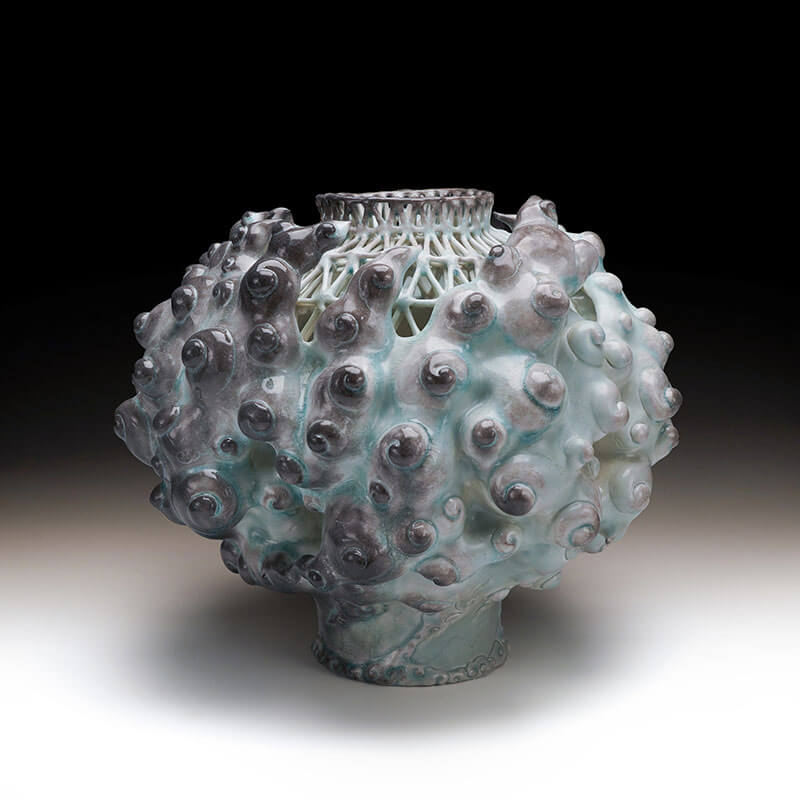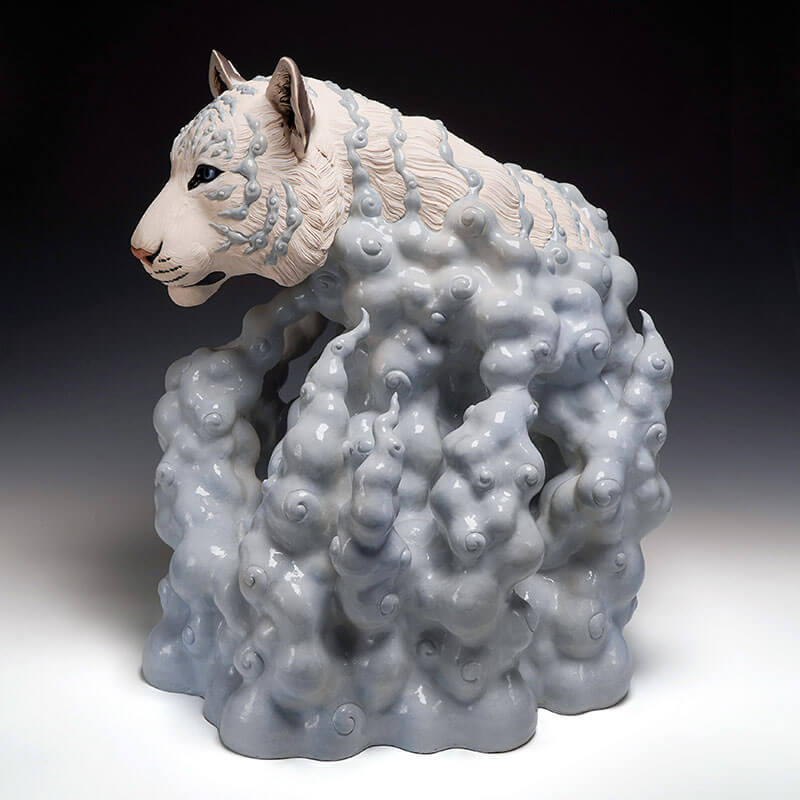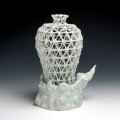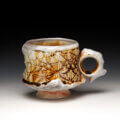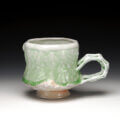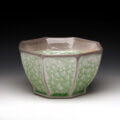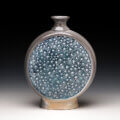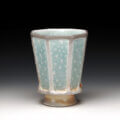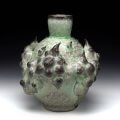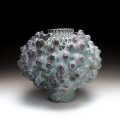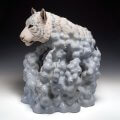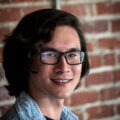
Red Lodge Clay Center – Long-Term Resident 2023-2024
Tyler Quintin is currently a Long-Term Resident at the Red Lodge Clay Center. Prior to this, he was a long-term artist in residence at the Arrowmont School of Arts and Crafts in Gatlinburg, TN, he completed residencies at the Morean Center for Clay in St. Petersburg, FL and the Haystack Mountain School of Craft in Deer Isle, ME. Tyler received a BFA from Washburn University in 2016 on a full tuition merit scholarship. This opportunity afforded him the facilities to explore work across a variety of mediums, which eventually led to a transition from drawing to ceramics. Tyler’s work has been exhibited in numerous national and international exhibitions, including venues such as the Archie Bray Foundation for the Ceramic Arts (Helena, MT), the San Angelo Museum of Art (San Angelo, TX), and the Lancaster Museum of Art (Lancaster, PA). Tyler was a presenter for the international online ceramics conference, The Ceramics Congress. His work is featured in the permanent collections of the Mulvane Art Museum (Topeka, KS) and the San Angelo Museum of Art.
My work explores the internet’s role in both navigating and understanding my mixed race, Korean-American identity and my queer identity. I was raised in the midwest with a culturally white-American upbringing; my physical features being the only ties to my East-Asian descent. Clay is my primary medium because it is the first material where I was taught something with historical ties to my Korean heritage.
The internet fascinates me both in its ability to offer fast, immediate information, as well as its ability to foster space for online communities centered around different subcultures. On the one hand, a quick Google search allows me to research information about my cultural heritage; however, it is simply a glimpse, abstracted and divorced from lived experience. My online research, while important, facilitates no real sense of connection. But connection is the key component of online communities, where online platforms allow interactions between individuals from all over the world while providing safe spaces in which to explore queer identity. Often these spaces use abstraction intentionally, allowing people to explore their identities, interests, and sexualities anonymously through avatars and icons.
Taking visual inspiration from character icons, historical research, and the wire frame structures used in 3D modeling software, I fragment my vessels and figurative work. This rendering versus fragmentation communicates both the authenticity of online interactions and the knowledge gained from research, while acknowledging the gaps where something is missing.

